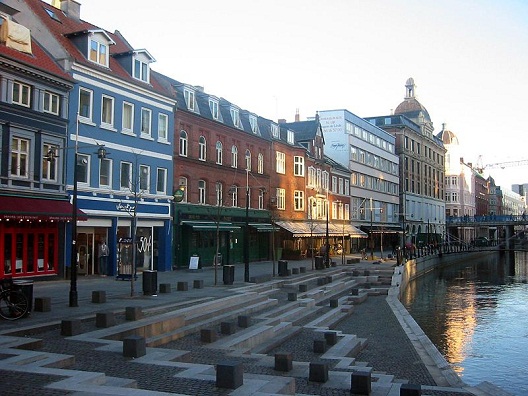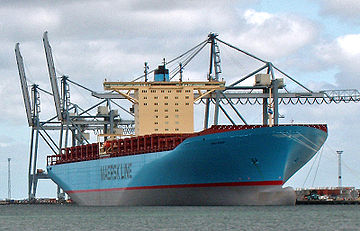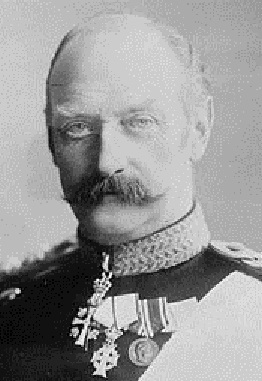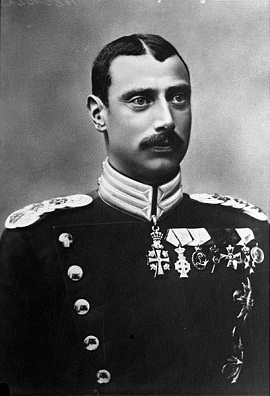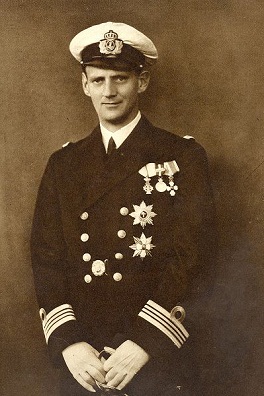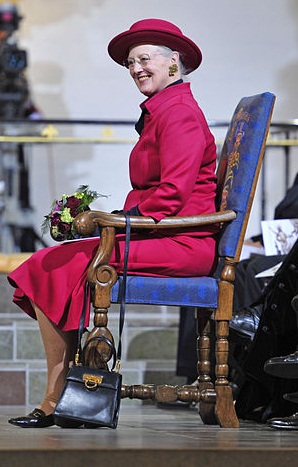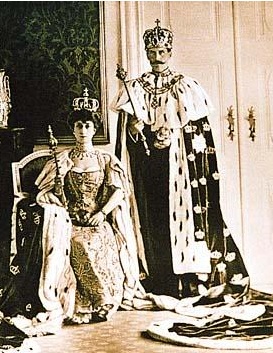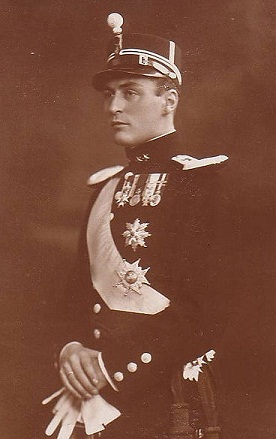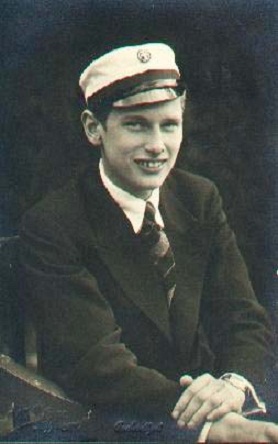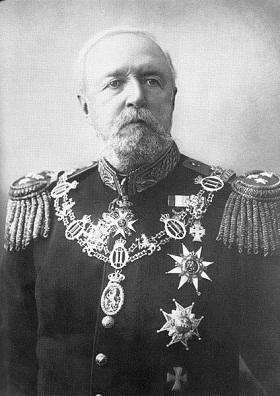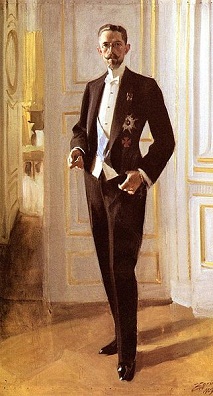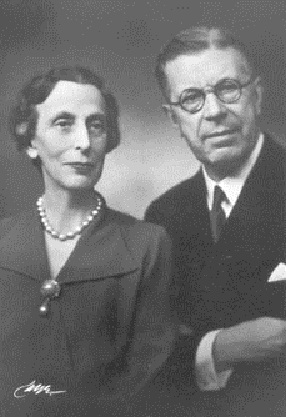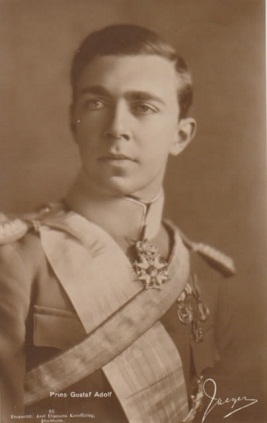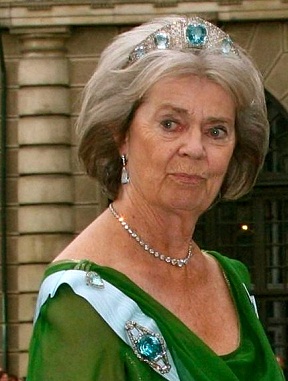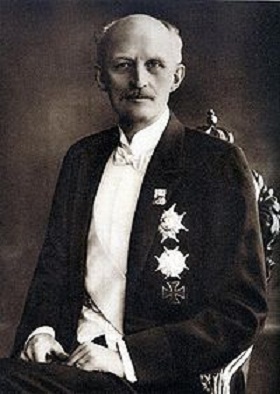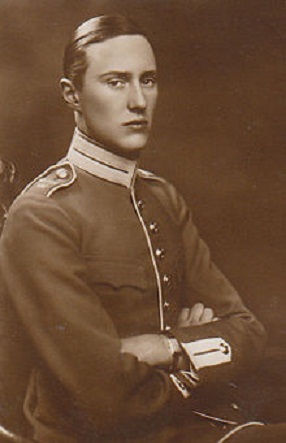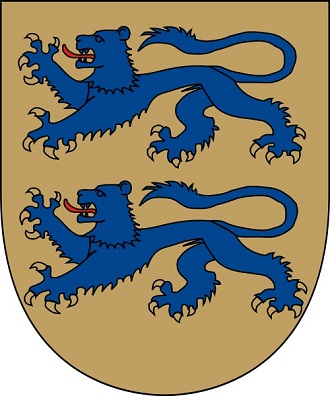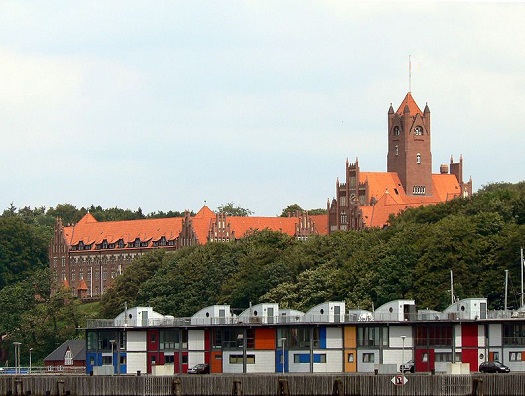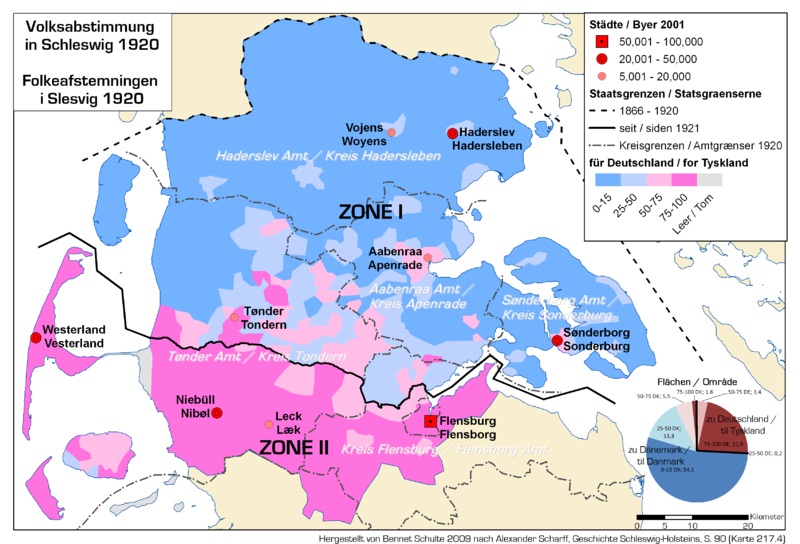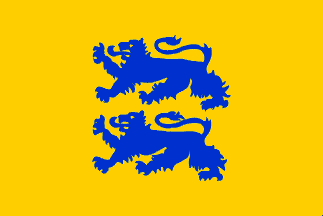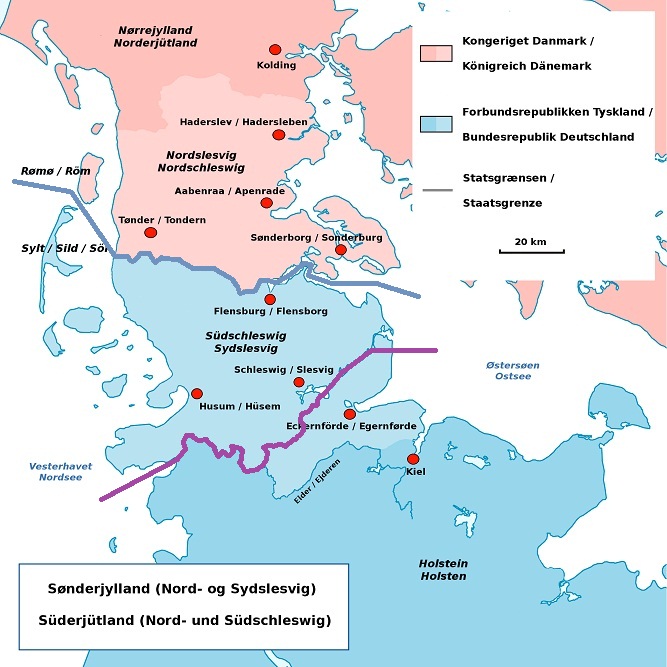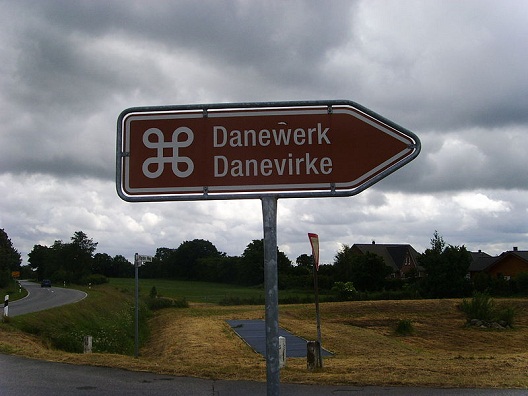Arriving into Hirtshals, Denmark, by ship from Stavanger. Onward travel by bus to Aarhus.
Welcome to Aarhus!
Aarhus is the principal port of Denmark, situated on the eastern side of the Jutland peninsula. Following the Second World War, and the cutting off of land transport to & from Scandinavia by Soviet borders, Aarhus and other similarly located towns in Sweden and Norway became important trade towns. Along with Esbjerg it carried significant amounts of Danish agricultural exports out of the country to destinations across the United Kingdom and the rest of western Europe.
One of the largest ships in the world docked at Aarhus..
There's not much of interest in Aarhus, so I'll be rapidly moving on after a brief writeup of Nordic Royalty...
A 20th Century Brief History of Nordic Royalty
The Federation of Nordic States is a federation between 6 countries - involving 4 Monarchies. Even this is deceptive though, as the 4 Royal Families instead descend from 2 Royal Houses; the Norwegian Royal Family is a branch of the Danish one, and the Finnish Royal Family is a branch of the Swedish one, reflecting the primary relations between the countries within the Nordic Union. It is only Iceland and Estonia who have a President as Head of State, although they still retain a Parliamentary system that is common across the entire Nordic area.
We start our rundown with Monarchy of Denmark:
King Frederick VIII
Born 1843, Reign 1906-1912, Died 1912
Although King Frederick VIII comes outside of our section of history, he is worth mentioning as the common ancestor of both the current Queen of Denmark and King of Norway. His reign was however a short one before weakened by ill health and dying in Hamburg on the return from a trip.
King Christian X
Born 1870, Reign 1912-1946, Died 1946
King Christian X was most remembered for his role in the Easter Crisis in Denmark during 1920. Although Denmark had been operating as a Parliamentary democracy for many years, Christian instructed his Prime Minister to include all of Slesvig in unification with Denmark as most of his subjects were in favour of (due to German movements in Danish Jutland). Zahle, the Danish Prime Minister, felt under no obligation to follow the order, and refused, which later led to his resignation. Christian's comments and interference in Government turned public opinion against the unification of all of Slesvig, and only the northern Danish-majority section unified with Denmark after Christian was forced to withdraw from the debate by public opinion.
Christian would later accept his role as a purely constitutional monarch, but his public image would never recover from his tinkering in Parliamentary affairs. Christian soldiered on, and managed to keep his country unified in neutrality during World War II, despite Denmark's location adjacent to Nazi Germany. Christian's death came in 1946, which heralded a new age in Nordic relations.
King Frederick IX
Born 1899, Reign 1946-1979, Died 1979
King Frederick IX came to the Danish throne amid fanfare with his wife, the Princess Ingrid of Sweden. Frederick oversaw great social change during his years in the throne, and oversaw the first Act in the Nordic countries that switched royal succession away from male-preference (allowing women to become Queen in their own right if they have no brothers), allowing their daughters to inherit the Danish Crown.
He played a large role in uniting the Nordic Royal Families for the annual Royal Gathering, which was later expanded into the Nordic Heads of State Conference. This was a public and very symbolic sign of Nordic solidarity, and also allowed them to discuss matters of state. He died in 1979 at aged 80, from old age.
Queen Margarethe II
Born 1940, Reign 1979-
The reigning Queen of Denmark, Margarethe II is the figurehead of the Danish Realm, which still includes the Faroe Islands and Greenland despite their almost complete independence from Denmark within the FNS. She married the French diplomat Henri, who became Prince Henrik, and has had 2 sons, of whom Crown Prince Frederick is the heir to the throne. Although at age 72, Margarethe II remains a surprisingly active figure in Danish life, and has delegated few responsibilities to Frederick.
Norwegian Monarchy:
Haakon VII
Born 1872, Reign 1905-1955, Died 1955
After being formally offered the Crown of Norway following a public referendum on the subject, Haakon VII became the first native King of Norway in centuries. Haakon, originally a Danish Prince, took the Norwegian culture to his heart, and his family (including his son, the future King Olaf) could often be seen skiing in Norway. Haakon played a large role in the early years of independent Norway, acting as a unifying figure at home, and toured extensively around the country. His avid commitment to democracy and Parliamentary procedure helped cement Norway as a western democratic nation.
Olav V
Born 1903, Reign 1955-1985, Died 1985
Olav V was an extremely popular King, known for his love of skiing and willingness to lead by example, the primary example being during the energy crisis of the 1970s when the King used public transport to go skiing, sharing the country's lack of petrol. His love of skiing, and ski jumping in particular, was legendary, and he won an Olympic gold medal in 1928 in the sport. He would also be remembered for allowing all his children to marry Norwegian commoners and remain in the Royal Family (although his third son Magnus married the future Queen of Sweden) - something rare at the time, only remarking that the events would thoroughly cement his family as a Norwegian one. Sadly Olav died from ill health in 1988, and the country mourned his loss deeply.
Eric IV
Born 1932, Reign 1985-
The current King of Norway, Eric IV, is the son of Olav V but the second child (having an older sister, Ingeborg). Despite reforms in other Nordic countries, at this point in Norwegian history the constitutional amendments for equal primogeniture had not been put in place, and so Eric was crowned King of Norway following his father's death.
Eric followed in both his father's and grandfather's footsteps, and integrated himself into Norwegian society. He was an sportsman, well known for his fondness for handball as well as skiing (the family sport), and later became the honorary president of Norwegian Handball Association. Now reaching into his 80s, he has started allowing his son and heir, Haakon, to act in his place and cover most of his smaller duties.
Swedish Monarchy:
Oscar II
Born 1829, Reign 1872-1907, Died 1907
Like Frederick VIII of Denmark, Oscar II of Sweden falls outside of our point of interest, but it worth noting as the father of both the future Gustav V of Sweden and Kaarle I of Finland.
Gustav V
Born 1858, Reign 1907-1954, Died 1954
Although Gustav V would begin his reign on shaky ground, seemingly interfering in Parliamentary procedure by promising to improve the country's defences, Gustav V adapted to his life as a constitutional monarch - although his dislike for Parliamentary democracy was never far from hidden. He would become one of the main links between Sweden and Germany through his wife, Victoria of Baden, which publicly showed the close Swedish-German relations in the first half of the 20th century.
In later years, Gustav V would join Frederick IX of Denmark in calling for further pan-Nordic efforts and co-operation, and two would initiate efforts to create (as occurred in 1962, after Gustav's death) a pan-Nordic order of merit, later named the "Order of Kalmar" in honour of the previous union of the countries. The Order of Kalmar remains to this day one of the most highly respected civil decorations available to Nordic citizens, and is awarded by the 4 Nordic Monarchs co-operatively to persons who have excelled in their field or contributed to their country to an unprecedented level. Notable recipients have included Niels Bohr (Danish, first recipient, only weeks before his death, for his work in physics), Ole Einar Bjørndalen (Norwegian, for incredible sporting achievement), and Astrid Lindgren (Swedish, for outstanding literary work).
Gustav VI Adolf
Born 1882, Reign 1954-1969, Died 1969
Gustav VI Adolf was a widely popular King in Sweden, in part due to his unequivocal acceptance of Parliamentary democracy. Work started on a new Swedish Constitution under Gustav's reign (Swedish Instrument of Government), although it only came into effect after his death. The new version contained several new concepts to Swedish political life, and would eventually herald absolute primogeniture for the Swedish Realm. Gustav would also act in his capacity as King with far less pomp and circumstance then his predecessors, something that would be followed by his descendants, and was something that further deepened the endearment that the Swedish people felt for him.
Gustav VII Adolf
Born 1906, Reign 1971-1985
Gustav VII Adolf would have a short reign, in common with his father, before dying of from cancer after a brief battle. During Finland's Winter War with the Soviet Union, Gustav had wanted to serve as part of the Swedish volunteers in Finland, but his position as 2nd heir to the Swedish throne meant the request was denied. He instead travelled to Finland several times during the War, meeting with his first cousin once removed King Kaarle I of Finland and together meeting combatants instead of serving on the lines. His decidedly pro-Finland stance made him made relations difficult with the Swedish Government for a time, but any lingering difficulties were long gone by the 1960s, let alone when Gustav was crowned King. His stance made him extremely popular in Finland however, and is perceived as helping to bring Sweden into the Winter War and thus ending the conflict.
The death of his daughter, Princess Christina, was said to heavily affect him, although he took pains to not let it affect his ceremonial duties. In hindsight, it also acted a bridge between the Royal Family and the Swedish population at large in their shared mourning.
Margaretha I
Born 1934, Reign 1985-
Following the constitutional amendments that came into force during her father's, Gustav VII, reign, Margaretha I became Queen of Sweden upon his death as the eldest child. Margaretha came to the throne amid much fanfare as the first Queen regnant in almost two hundred years, and this is set to continue with Margaretha's eldest child being a daughter, named Ulrika after the previous Queen Regnant of Sweden back in the early 1700s, leading to the almost unheralded notion of two Queen Regnants reigning back-to-back in Europe. Margaretha eventually married a distant cousin, Magnus, a Norwegian Prince (third son of King Olav V of Norway). Ulrika married a Swedish commoner, ending the line of royal marriages in Sweden.
Finnish Royalty:
Prince Carl
Born 1861, Did not reign, Died 1918
In 1918, Finland elected Prince Carl of Sweden as the new King of Finland - Finland's first native King, a position which Prince Carl accepted. However, on his trip over to Finland, crossing the Baltic Sea, Prince Carl was injured and died, leaving the throne to his 8 year old son.
Kaarle I
Born 1911, Reigned 1918-1929 with Regent, Reigned 1929-2007, Died 2007
Finland first "proper King", officially named Kaarle I (sometimes named Kaarle II in some sources due to his father) was underage for the first 11 years, and so had a Regent (Pehr Svinhufvud) acting for the that time. Upon coming of age (18), he was enthroned fully as King of Finland, and went on to rule Finland for a further 78 years, giving his entire rule (including the Regency) a length of 89 years - a world record for the longest serving Monarch. The early days of his reign were dogged by problems uniting his country, and setting scores between the two factions of the Finnish Civil War. His personal actions in peacefully ending the actions of the Laihia Movement, marriage to a Finnish lady and later actions in visiting both civilians and soldiers working in the Winter War all endeared him to the Finnish population. His close family relationship with Gustav VII of Sweden (first cousin once removed) also endeared him to Swedish speaking Finns.
Later in life he would witness the dissolution of the Soviet Union, upon which he would quietly confide that he felt he had managed to successfully lead his country through the whole episode of living with the Soviet giant as a neighbour. A constitutional monarch from the start, Kaarle managed to successfully unite a young country and forge it into the essential part of Nordic Union it is today. As stated after his death, he sole regret was outliving his son Pehr (named after his Regent in the early 20th century), who died in the 1990s from a heart attack. Kaarle stayed active in his role until about 2000, when he passed over most of his duties to his grandson Kaarle (II) to prepare him for his role and due to Kaarle's (I) old age.
Kaarle II
Born 1968, Reign 2007-
Kaarle II is still a relative newcomer to the Finnish Crown, and relatively young compared to the other Nordic monarchs at aged 43. Originally known as a bit of a "fun loving" Prince, the death of his father when Kaarle was still in his 20s shocked Kaarle into settling down in preparation for leading his country. Unlike his father and grandfather (who both married Finnish-speaking Finns), Kaarle married a Swedish-speaking Finnish lady named Mikaele, and have had 4 children together, making his eldest son Pehr (named after Kaarle's father) the heir to the Finnish crown.
Departing for Flensborg via rail (DSB Intercity)
---------------
Notes: So plenty of changes evident here. The Danish line of Kings & Queens are the only unchanged from OTL. Norway's has changed - Olav V married a daughter of Prince Carl, who in this TL went to Finland to reign, thereby Olav and Martha never met. Hence a different son and successor to Olav. In Sweden, Gustav VII didn't die in an air crash in Copenhagen, so he succeeds Gustav VI, and so by the time he dies, the constitutional amendments allowing females to inherit the throne has gone through, and it goes to his eldest child (daughter) instead of Carl Gustaf as per OTL.
Obviously the biggest change is in Finland, which doesn't even have a Monarchy in OTL! As Kaarle inherits the throne aged 7 or so, he has a long and glorious reign (he died aged 92 in OTL), dying at age 97 in this TL. His son Pehr (named after Svinhusvud who would of had quite an influence on Kaarle I) died of a heart attack before Kaarle I did, thereby Kaarle II inherited the throne.
I'll let you all identify the real royal characters in pictures above for people who don't exist in OTL!
